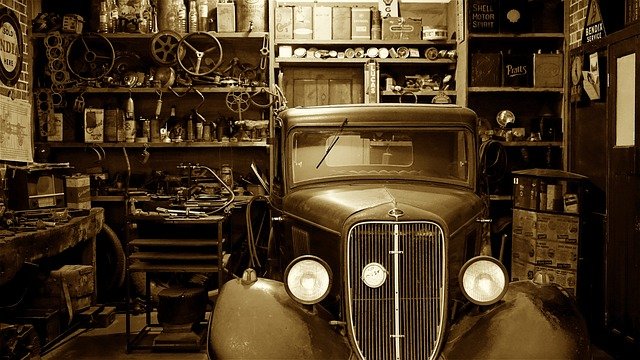Vintage Cars: History, Ownership, Maintenance, and Community
Vintage cars occupy a distinct place in automotive culture, blending mechanical history, design, and the emotional appeal of bygone eras. Enthusiasts appreciate these vehicles for their engineering, period-correct details, and the lifestyle that surrounds collecting and preserving them. Whether someone is curious about restoring a single automobile or exploring the community around classic car ownership, understanding definitions, upkeep requirements, and sources of support helps set realistic expectations.

What defines a vintage car?
A vintage car is generally identified by its age, manufacturing period, and historical context rather than a single technical feature. In many collecting communities, “vintage” refers to vehicles produced roughly between the 1910s and the late 1930s, though definitions vary by club and country. The term emphasizes original construction methods, period materials, and body styles that reflect early automotive development. For owners and historians, identifying a vehicle as vintage means considering provenance, factory options, and whether key parts match original specifications.
Owning a genuine vintage car often involves attention to historical detail: paint matches, upholstery fabrics, and period-correct trim. Documentation such as build sheets, mechanic records, and registration history can add to a car’s historical value and guide restoration decisions.
How does a classic car differ from vintage?
“Classic car” is a broader term that overlaps with vintage but usually includes vehicles from later decades, often up to the 1970s or 1980s depending on the context. Classic cars are prized for design milestones, performance characteristics, or cultural significance. Unlike strictly vintage examples, classics may be appreciated for postwar styling, muscle-car powertrains, or iconic design cues that shaped the modern automobile.
Collectors and clubs often use age thresholds—for example, a vehicle older than 25 or 30 years may be considered classic for registration and insurance. This categorization affects how owners approach restoration, maintenance, and participation in shows or rallies. The distinction is useful for understanding community standards and regulatory rules, but practical overlap is common.
How to care for a historic automobile
Proper care for a vintage or classic car balances preserving originality with ensuring safe, reliable operation. Routine maintenance includes careful storage to avoid rust and UV damage, periodic fluid changes with period-appropriate or approved modern equivalents, and gentle operation of mechanical systems that may not tolerate modern driving demands. Regular inspections of brakes, fuel lines, and electrical components are essential because older materials degrade differently than modern replacements.
Restoration choices range from full concours-level rebuilding to sympathetic mechanical refreshes that preserve patina. Documentation of work and sourcing parts that match original specifications help maintain historical integrity. It’s also wise to learn basic mechanical skills or build a relationship with a specialist who understands older automotive systems.
Where to find parts and local services
Finding reliable parts and local services is a core part of owning a vintage car. Specialty suppliers, salvage yards focused on older models, and online marketplaces host reproduction and NOS (new old stock) components. Restoration shops and independent mechanics with classic experience provide services like engine rebuilds, chassis work, and period-correct body repairs. When searching, use phrases such as local services to identify nearby restoration shops, upholstery professionals, and machinists experienced with older automobiles.
Joining marque clubs or community forums often leads to vetted recommendations and access to parts exchanges. For rare components, networking at swap meets and attending regional events can connect owners to specialist vendors and craftspeople who understand the unique needs of vintage automotive restoration.
Why nostalgia matters in automotive collecting
Nostalgia is a powerful driver in the vintage car world; it links personal memories, cultural history, and design appreciation. Many collectors are drawn to vehicles that evoke an era—its aesthetics, sounds, and driving experience—which contributes to the emotional value beyond monetary considerations. The automotive community surrounding vintage cars often shares stories, historical knowledge, and hands-on skills that keep older technologies alive.
This emotional appeal also supports heritage events, museum exhibits, and educational programs that interpret automotive history. For enthusiasts, nostalgia fuels preservation efforts and encourages new generations to learn mechanical skills and respect historical craftsmanship.
Conclusion
Vintage cars represent a blend of mechanical heritage, design history, and personal connection. Whether approaching ownership from a historical, practical, or nostalgic angle, successful stewardship requires informed choices about maintenance, sourcing parts, and engaging with the broader automotive community. Clear documentation and realistic expectations help preserve these vehicles for future appreciation and study.





